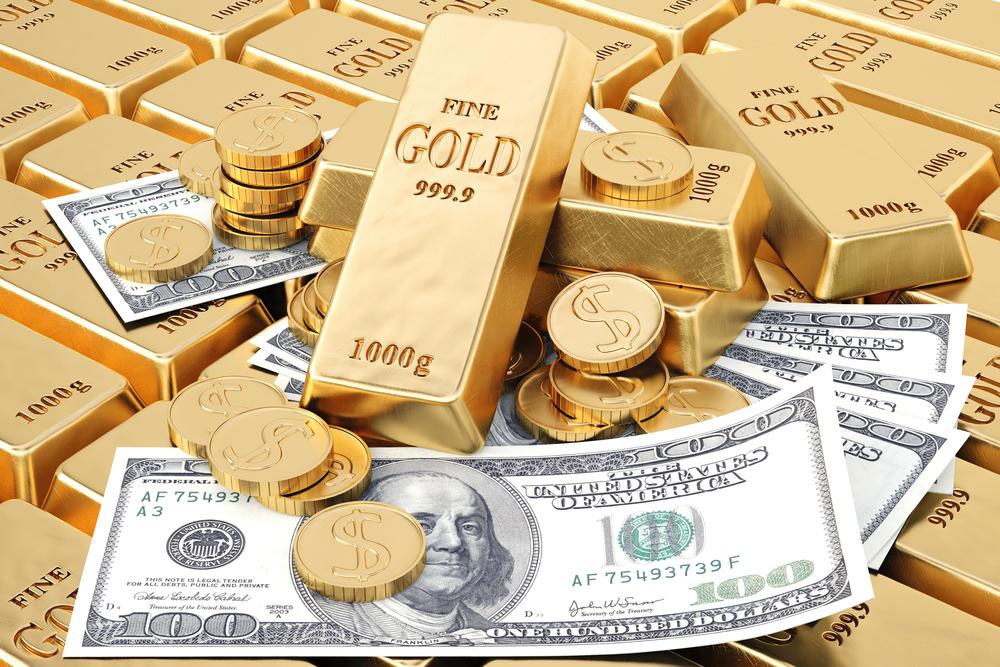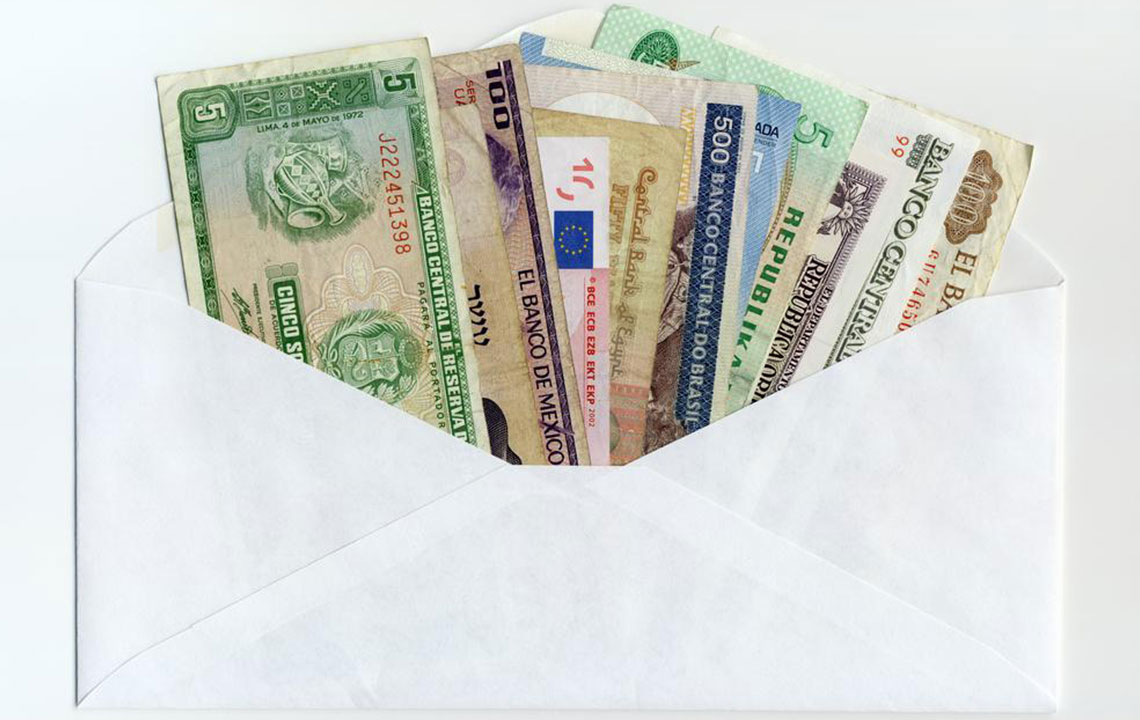Understanding the Major Factors That Drive Gold Price Fluctuations
This comprehensive article explores the key factors that influence gold market prices, including monetary policy, interest rates, economic indicators, supply and demand, inflation, and currency fluctuations. Understanding these elements helps investors navigate the complex dynamics of gold trading and make informed decisions amidst market volatility.

Understanding the Major Factors That Drive Gold Price Fluctuations
Gold has historically been a symbol of wealth and a safe asset during times of economic uncertainty. Its value is influenced by a complex interplay of various economic, political, and psychological factors. Investors often turn to gold when confidence in fiat currencies diminishes or when the global economy faces turbulence. Understanding the key elements that impact gold prices can help investors and enthusiasts make more informed decisions in the markets.
In this comprehensive guide, we explore the critical factors that influence gold’s daily price movements, providing insights into how these elements interact to shape the precious metal’s market dynamics.
Central Bank Policies and Monetary Decisions
Perhaps the most significant influence on gold prices is the monetary policy set by major central banks, such as the Federal Reserve in the United States, the European Central Bank, and others. These institutions adjust interest rates, money supply, and other monetary tools to manage economic growth, inflation, and employment levels. When central banks adopt a dovish stance—lowering interest rates or increasing money supply—gold typically becomes more attractive because the opportunity cost of holding non-yielding assets decreases. Conversely, when interest rates rise to combat inflation, gold often faces downward pressure as investors seek higher-yielding assets.
Interest Rates, Inflation, and Opportunity Cost
Interest rates play a crucial role in gold valuation because they represent the alternative returns investors could earn elsewhere. When interest rates increase, assets like bonds and savings accounts become more appealing, prompting investors to divert funds away from gold, which does not generate interest. This shift causes a decline in gold demand and prices. Conversely, lower interest rates reduce opportunity costs for holding gold, making it a preferred safe haven during times of economic instability or uncertainty.
Moreover, inflation significantly impacts gold prices. Because gold is traditionally seen as a hedge against inflation, rising price levels tend to drive up gold demand. When the real yields (interest rates minus inflation) are low or negative, gold becomes even more attractive as an inflation hedge, causing its price to increase.
Economic Indicators and Their Influence
Economic data such as employment reports, wage growth, manufacturing output, and gross domestic product (GDP) figures serve as barometers for the health of the economy. Strong economic performance often lessens the appeal of gold because investors favor riskier assets with higher returns. On the other hand, signs of economic slowdown, rising unemployment, or declining manufacturing activity can boost gold’s attractiveness as a safe haven, pushing prices upward. These indicators also influence central bank decisions, further affecting gold prices.
Supply and Demand Dynamics
Like any commodity, gold’s market price is driven by supply and demand forces. When demand for gold increases—due to geopolitical tensions, currency devaluations, or investment buying—prices tend to rise. Conversely, if supply exceeds demand, perhaps because of increased gold mining or central bank sales, prices may decline. Seasonal variations, technology-driven jewelry demand, and emerging markets also contribute to fluctuating demand patterns, influencing daily price movements.
Inflation and Currency Fluctuations
Inflation directly affects dollar-denominated gold prices. When inflation expectations rise, investors look to gold as a safe hedge, boosting its price. On the other hand, stable or low inflation often results in subdued gold prices. Currency fluctuations, particularly the value of the US dollar, are equally impactful. Since gold is priced in dollars globally, a weaker dollar tends to make gold cheaper for foreign buyers, increasing demand and elevating prices worldwide. Conversely, a stronger dollar usually depresses gold prices as it becomes more expensive for international investors.
In conclusion, gold prices are influenced by a multitude of interconnected factors, including monetary policy, interest rates, economic indicators, supply and demand, inflation, and currency movements. Recognizing these elements can help investors better anticipate price trends and make strategic investment decisions.





